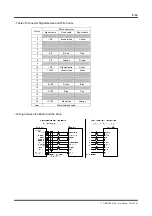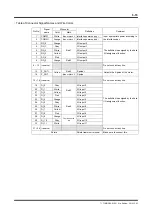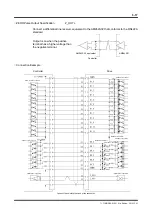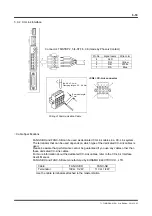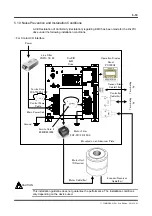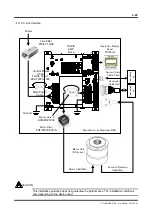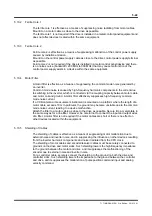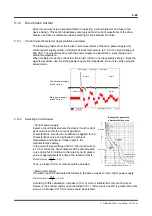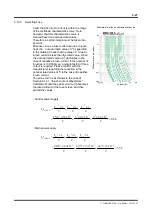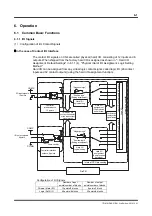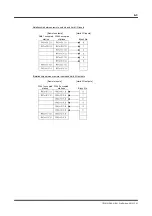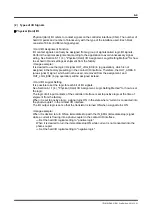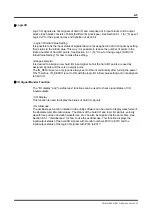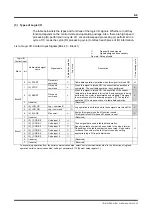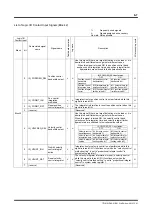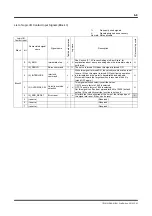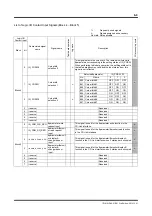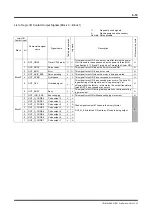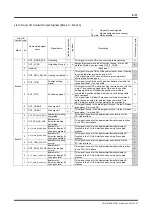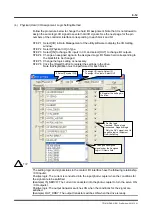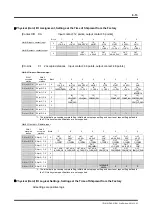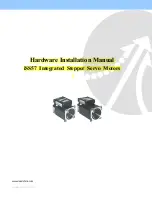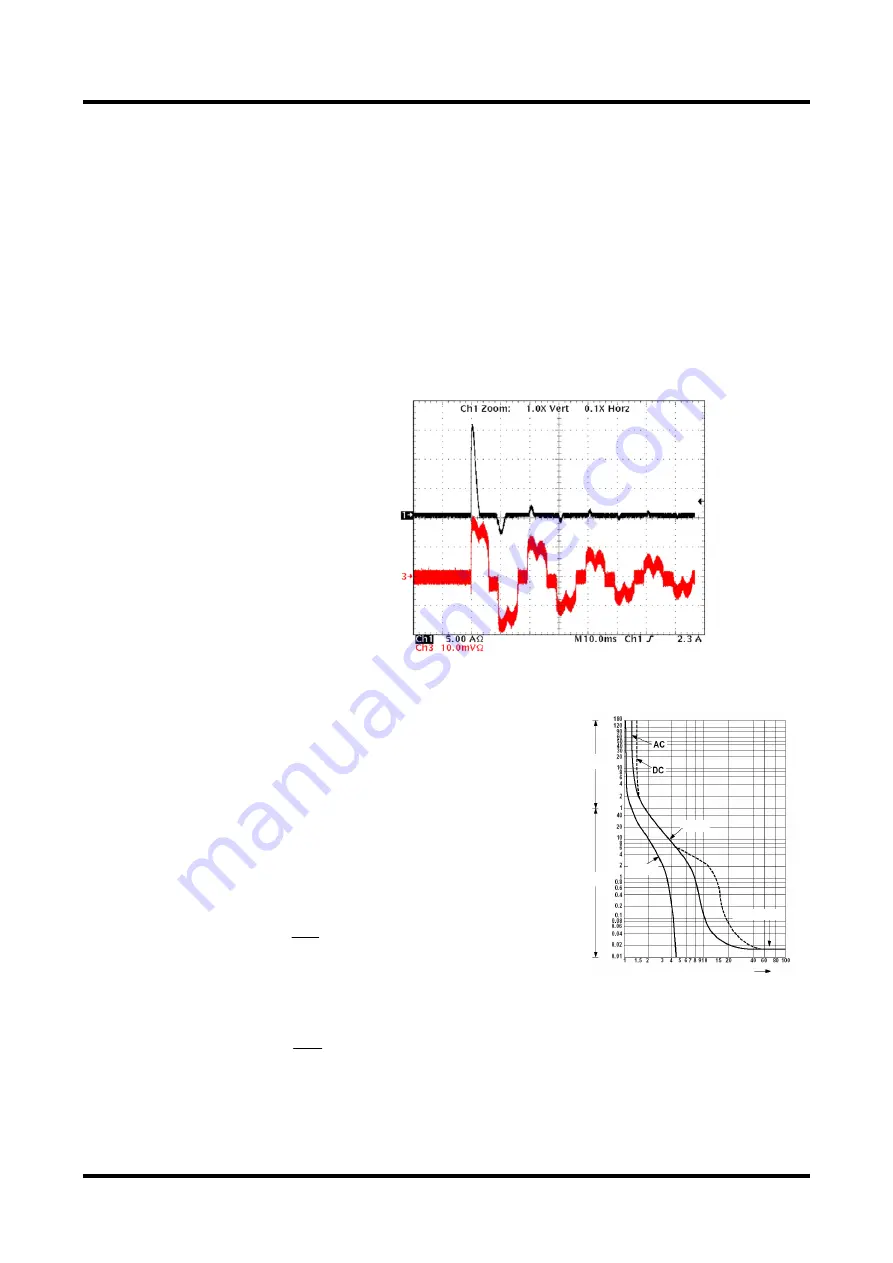
5-26
TI 71M01D06-01EN 3rd Edition: 2012.12.01
5.12 Drive Inrush Current
Drive inrush current is an important factor in selecting a circuit protector and fuse in the
device design. This section illustrates some typical inrush current waveforms of the drive.
Please use them as references when selecting a circuit breaker and fuse.
5.12.1 Inrush Current Waveforms (representative examples)
The following graphs show the inrush current waveforms of the main power supply and
control power supply during a cold start at room temperature (25
°
C) at an input voltage of
230 VAC. The waveforms vary with the power supply line impedance, input voltage and
ambient temperature.
When multiple drives are connected, the inrush current is not necessarily simply n times the
waveforms below, due to existing power supply line impedance. Be sure to verify using the
actual drives.
Control power supply
inrush current
10A/div
15.5Ao‑p
Main power supply
inrush current
5A/div
20.8Ao‑p
5.12.2
Selecting Circuit Breaker
Control power supply
Select a circuit breaker where the drive's inrush current
peak value is within the curve of operation
characteristics. A correction coefficient is applied to the
characteristics curve according to the ambient
temperature and posture. Please refer to the
manufacturer's catalog.
In the case of input voltage of 230 V, the inrush current
is 15.5 A. Since the horizontal axis of the characteristic
curve (scale factor relative to the rated current) gives a
value of approximately five times, the rated current is:
A
1
.
3
5
15.5
current
Rated
=
=
Thus, a breaker of 3 A or more should be selected.
Main power supply
The rated current is calculated as follows in the same way as for the control power supply:
A
16
.
4
5
20.8
current
Rated
=
=
According to this calculation, a breaker of 5 A or more is sufficient for the inrush current.
However, the breaker rated current obtained in 5.11 "Drive Input Current" is greater than this
value, so a breaker of 15 A or more should be selected.
Example of operation
characteristics curve
Minutes
Seconds
Minimum
value
Maximum
value
Maximum total
interrupt time
Current (multiples of rated current)

